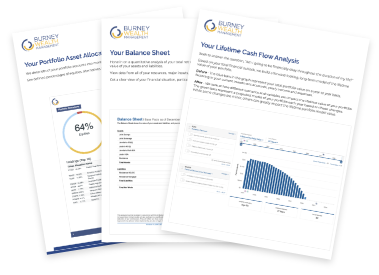What We Are Doing in Our SSR US Equity Strategy
Popular Posts

What are you guys doing?
This is a question we get a lot when markets selloff. It is a natural question when stocks are spiraling and headlines are warning of worst-case scenarios. When there is pain, the human reaction is to do something to stop the pain.
Our answer initially is that we’re holding steady. In investing, inaction is often the best policy, but that does not mean we do nothing for long. When markets are crashing, we stay in a holding pattern because correlations between stocks tend to increase. That means we are exposing ourselves to the same level of volatility as the market, but that is the price paid for the long-term return premium offered by stocks. I personally find it comforting to think of stock returns as a transaction in this way. We pay for long-term excess returns with periodic bouts of market volatility.
But with bear markets come opportunities.
Our stock selection model has a long-established pattern of holding up relatively well during a market crash but underperforming in the subsequent recovery.
Score Holds Up in Selloffs, Lags in Recoveries
Hover over the bars to see Score's performance in the selloff and recovery period in recent market corrections
We have a quality bias in our process, which means the stocks we hold are primed to do less bad in a selloff but also more muted in the recovery.
Dan Rasmussen, the founder and CIO of a global asset management firm, pointed to his firm’s research on a recent episode of Invest Like the Best that bull markets are all different, but each bear market is alike.
This quip jives with what we’ve seen in our history of analyzing stocks. The stocks that rebound the strongest out of a bear market tend to share the same characteristics. These characteristics can be observed and built into a model. Using a similar framework to our normal modeling technique, we build new models, called Recovery Score, that use just these recovery intervals.
We will not be able to pick the bottom, but once stocks fall beyond 20% we begin buying stocks in our portfolios that Recovery Score identifies as good opportunities. It can be scary to invest in some of these names as many of them are the stocks that sold off the most, but the most beaten down stocks tend to storm back the strongest. We saw positive results the last time we turned this model on in 2015, when we went live with Recovery Score for the first time.
Market Recovery from 2016 Selloff
Our other big tactical move is to shift portfolios towards small-caps. Looking back at past bear markets, small-caps tend to lead the recovery. The chart below shows the recovery following the 2008 Financial Crisis, but the same pattern holds in 2011, 2016 and 2018. We have been lamenting the lack of opportunity recently with the cycling of Size, but this bear market creates an opportunity to utilize Size again. We are shifting from a Size-neutral allocation to one leaning towards small caps.
Small-Caps Outpaced Large-Caps in 2008's Recovery
Bear markets tend to be more predictable than bull markets and it is this tendency that creates opportunities for investors who stay invested. We are excited for the opportunity to turn on Recovery Score and tilt portfolios towards small-caps to be well positioned for the inevitable market recovery.
The Burney Company is an SEC-registered investment adviser. Burney Wealth Management is a division of the Burney Company. Registration with the SEC or any state securities authority does not imply that Burney Company or any of its principals or employees possesses a particular level of skill or training in the investment advisory business or any other business. Burney Company does not provide legal, tax, or accounting advice, but offers it through third parties. Before making any financial decisions, clients should consult their legal and/or tax advisors.




